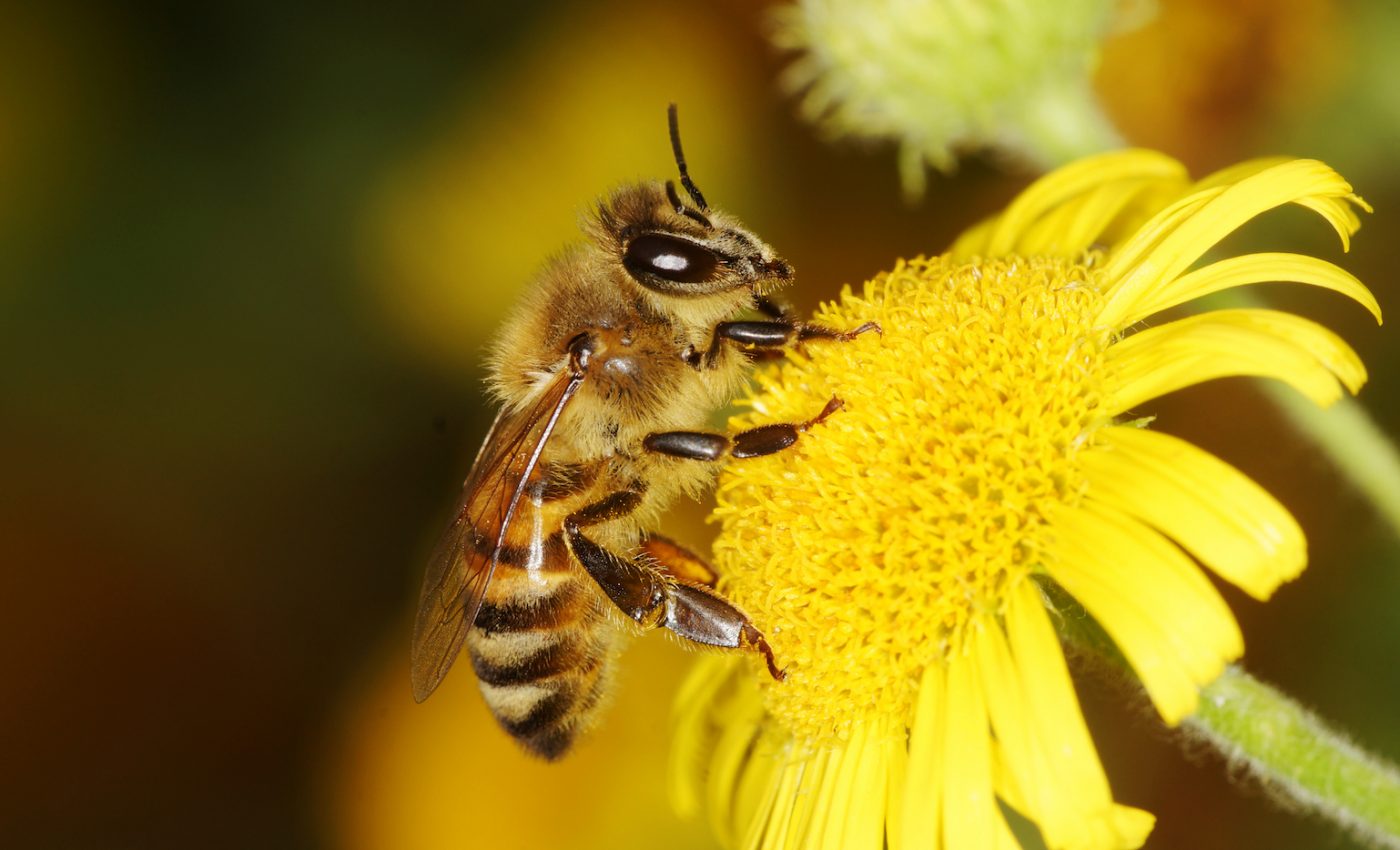
When it comes to bee brains, size does not matter
A new study has revealed that bees require very few brain cells to count objects. The researchers found that organization in the brain is much more important than the size of the brain.
Researchers at Queen Mary University of London set out to understand how bees count. The team simulated a very simple “brain” on a computer with just four nerve cells, which is far fewer than the one million cells that are typically found in a bee brain.
By inspecting one single item at a time just as bees do, the simulated brain could easily count small quantities of items. This is much different from how humans count by looking at a group of objects at once and counting them together.
The researchers propose that the clever strategy used by bees makes the complex task of counting much easier and gives bees impressive cognitive ability that requires minimal brain power.
“Our model shows that even though counting is generally thought to require high intelligence and large brains, it can be easily done with the smallest of nerve cell circuits connected in the right manner,” said study lead author Dr. Vera Vasas. “We suggest that using specific flight movements to scan targets, rather than numerical concepts, explains the bees’ ability to count. This scanning streamlines the visual input and means a task like counting requires little brainpower.”
“Careful examination of the actual inspection strategies used by animals might reveal that they often employ active scanning behaviours as shortcuts to simplify complex visual pattern discrimination tasks. Hopefully, our work will inspire others to look more closely not just at what cognitive tasks animals can solve, but also at how they are solving them.”
To model the input for their simulated brain, the experts studied the point of view of a bee as it flies close to the objects and inspects each one. The researchers found that the simulated brain was able to accurately estimate the number of items on display when provided with the actual visual input that a bee receives while carrying out the same task.
“These findings add to the growing body of work showing that seemingly intelligent behaviour does not require large brains, but can be underpinned with small neural circuits that can easily be accommodated into the microcomputer that is the insect brain,” said Professor Lars Chittka.
The study is published in the journal iScience.
—
By Chrissy Sexton, Earth.com Staff Writer













